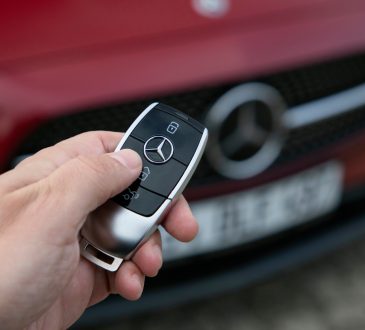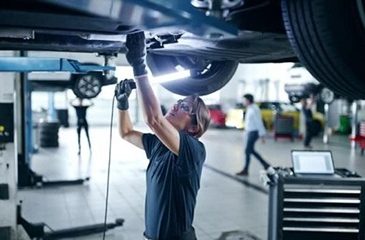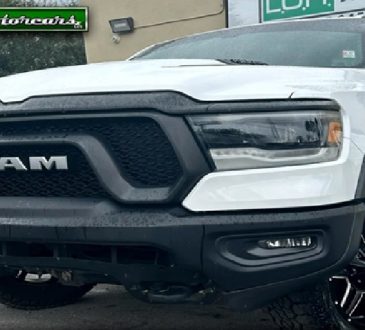
It’s no surprise that the used motorcycle market is booming. There are several reasons why you would choose to buy a used two-wheeler rather than a new one. This is especially true in the current environment, as many people will want to avoid taking public transport, especially after the pandemic. Whatever your motive for purchasing one, here are some measures to take to ensure a smooth transaction.
Prepare yourself
As obvious as this may seem, it’s better if you know exactly what you’re searching for and what your budget is. Once you’ve narrowed down your choices, conduct your research by reading forums and consulting with your local mechanic or service center to learn more about the bikes.
Where should you shop?
You can buy second hand motorcycle (รับซื้อมอไซค์, term in Thai) from one of three places: a used-bike broker, an online platform, or directly from a motorcycle owner who wants to sell it to you. Your final choice will be determined by which of these possibilities has what you’re looking for and how convenient each is for you. A broker allows you to physically view the bike before you put down your money. Most places like these also have an in-house workshop where used motorcycles are serviced before they are put on the market.
Speak with the seller
The first and most obvious step is to meet with the vendor and discuss the motorcycle. You could ask him the following questions: Why are they selling the motorcycle? How frequently has it been serviced? Is there any history of falls or major modifications that you should be aware of? If the seller can supply you with service papers and bills for what they’ve spent on the bike, it usually indicates that it’s been well maintained. Nonetheless, it is always better to be cautious and conduct your own investigation.
Physical examination
A well-run motorcycle is one that still runs well. Unless you’re wanting to buy an older motorcycle, it’s usually better to avoid anything older than five years. It’s also worth mentioning that mileage doesn’t always correlate with how well a bike performs. At 20,000km, a bike that has had frequent oil changes and adequate maintenance is a considerably better deal than one that has been ridden half the distance but with half the care.
In most circumstances, a thorough physical examination will reveal what to be wary of. The engine is the first component to inspect because it is the most expensive component on the motorcycle. A smart idea is to request that the vendor not start the motorcycle beforehand. Check to see whether it starts easily when cold; there should be no strange sounds or smoke coming from it or the exhaust pipe.
Paperwork
If you believe you have discovered a motorcycle that meets your needs, the final step is to complete the paperwork. The registration certificate, car insurance documents, original purchase invoice, road-tax receipt, and pollution certificate are all important pieces of evidence. Remember that any changes to the vehicle, such as an engine replacement or a new body color, must also be recorded in the registration certificate. Also, make certain that the car has no history of accidents.




